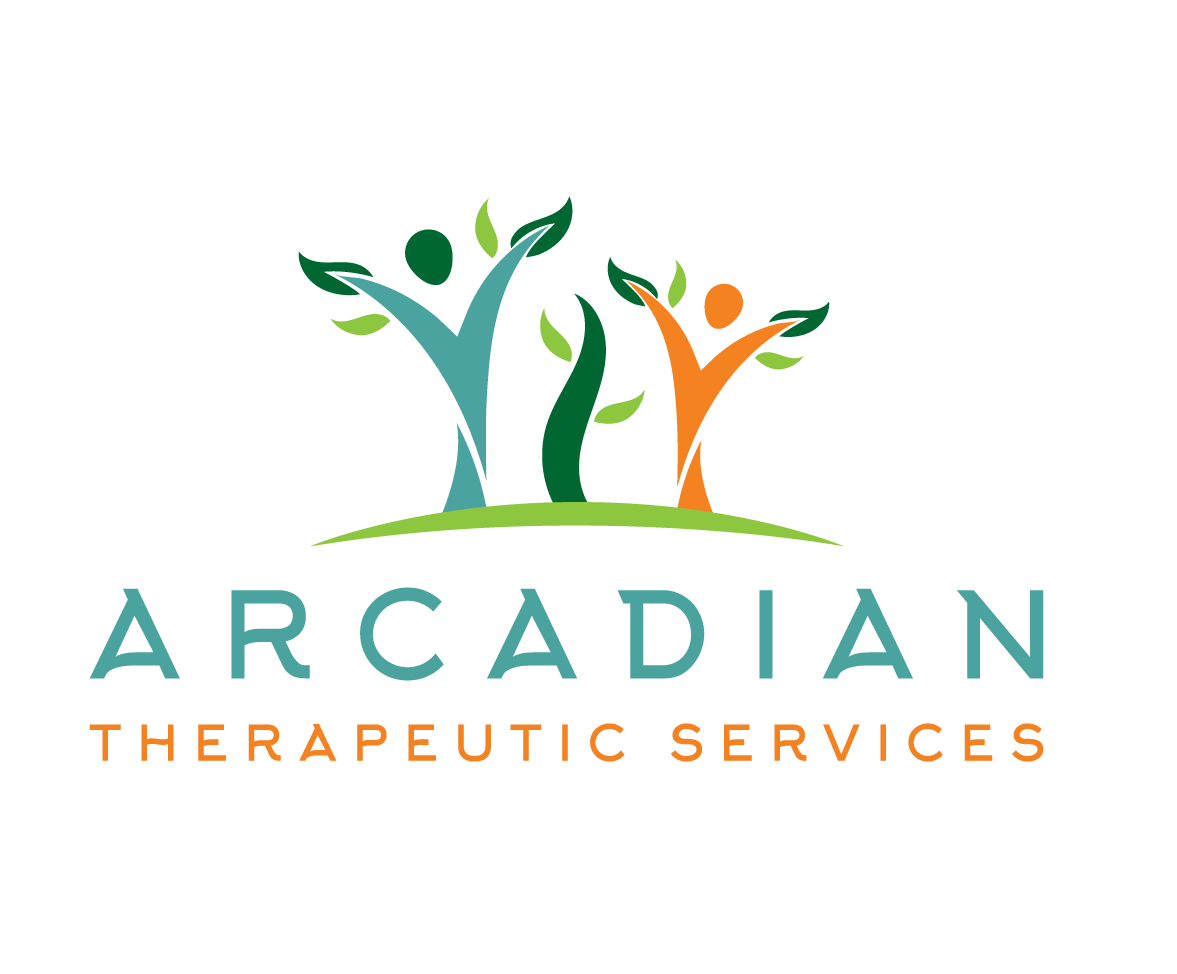What is EMDR?
If there is one thing humans share, it’s the inability to avoid difficult experiences. If you are anything like me, I cannot control every aspect of my life. Difficult experiences and events come and go. Yes, eventually I know I’ll get through them. Yet, sometimes those events can leave a lasting impact on my emotional and mental health. I’ve learned to reach out to my therapist for help when I find myself in this space. During sessions, I am reminded of how powerful therapy can be in helping myself heal.
There are many models of therapy I have found personally helpful both as a clinician and during my own personal therapy. However, EMDR is on my short list these days. EMDR stands for Eye Movement Desensitization and Reprocessing (thank goodness it’s known by its initials). EMDR is a technique used for improving one’s mental health. It’s extremely helpful for those who have experienced trauma. Let’s say Lucy experienced a troubling event when she was 16 years old. Lucy and her father were injured in a car crash. The images, feelings, body sensations, etc. she experienced during that car crash likely became locked in her brain. They might keep her from healing emotionally and mentally, even though her body recovers physically. Five years later, we may find Lucy avoiding travel altogether. It is likely that the traumatic experience of the car crash will cause her to feel overwhelmed many years later.
EMDR is used to help people heal mentally and emotionally from those events, no matter how big or small the events may seem. This technique uses something called Bilateral Stimulation (BLS) to help desensitize someone from an event. Bilateral Stimulation is the process of alternating activation of the right and left parts of the brain. One can move their eyes or their body back and forth during BLS or they can even listen to auditory sounds that alternate from the right to left. The back-and-forth stimulation helps one process information within the brain. The brain is constantly striving to protect and heal itself so once this stimulation is paired with an old troubling memory, the stimulation can help reprocess this memory until it is no longer disturbing. To use Lucy as an example, EMDR can help her move past her debilitating fear of traveling. She might even be able to drive again, which is something she never thought she’d be able to do.
If you're curious about EMDR, ask your clinician about it or reach out to our staff for a consultation. Arcadian has several clinicians trained to administer EMDR Therapy for clients. Feel free to contact us to see if EMDR Therapy would be a good fit for you on your journey toward healing.
Written by Cali Bolinger, Candidate for Masters in Marriage and Family Therapy

